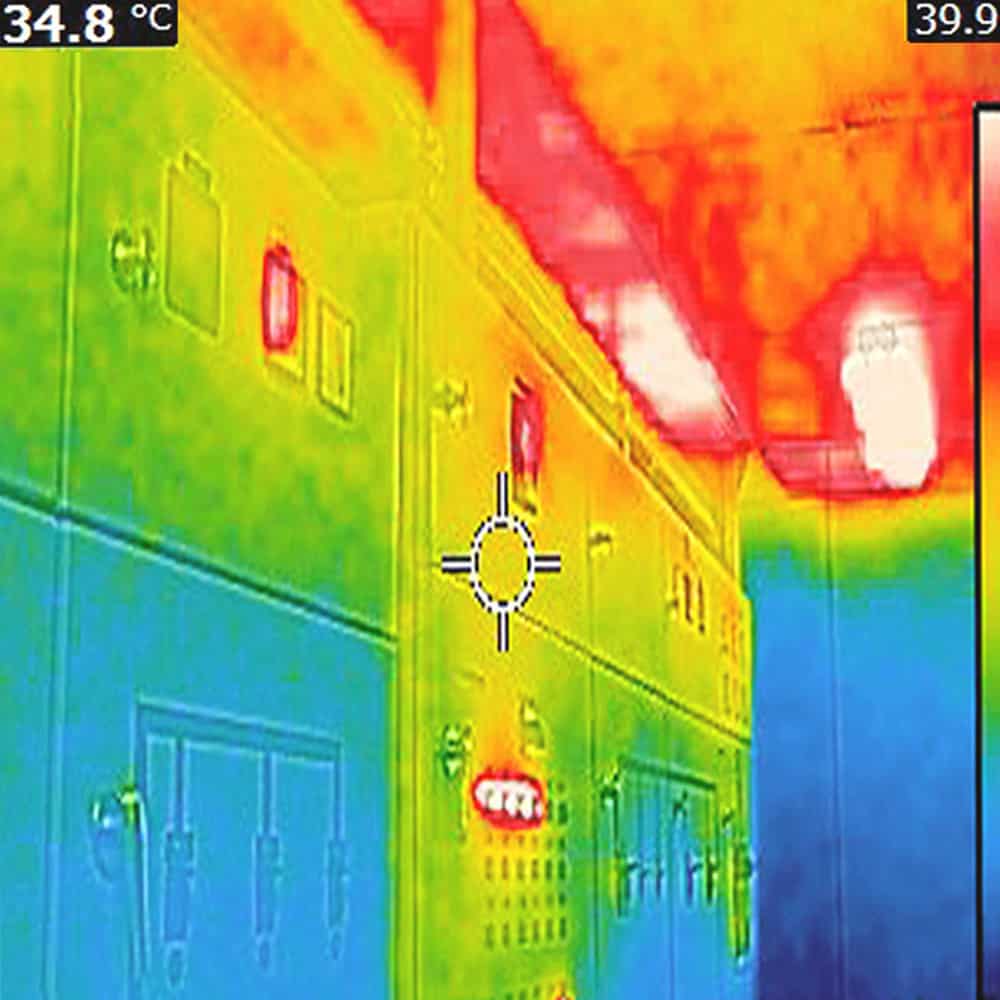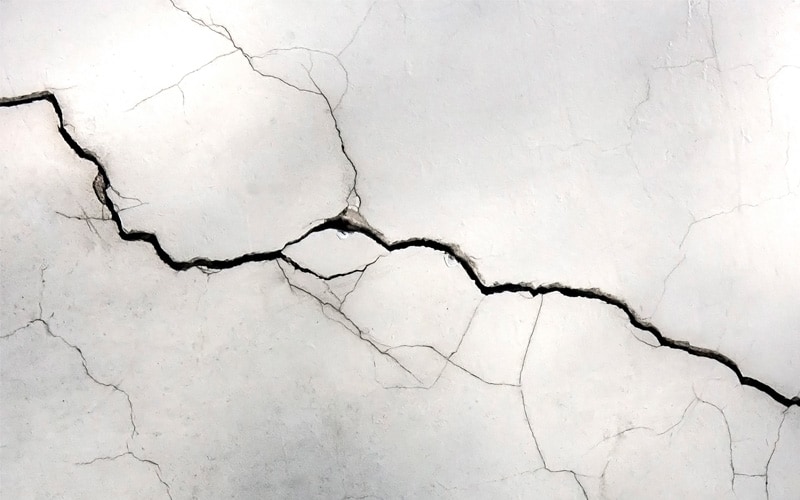Polyurethane (PU) injection grouting is often misunderstood as a short-term measure for waterproofing repair and it will “push” or divert the leakage to another area. This is wrong. First of all, we have to understand what constitute to a water leakage:
- Faults (i.e. cracks or voids) in the prevailing concrete substrate
- Worn-out or failed waterproofing system
If there are no cracks or voids in the concrete substrate, even with a worn-out of failed waterproofing system the water will find no weakness in the concrete to seep through. If the waterproofing system is holding up well, even with cracks and voids on the concrete substrate, the waterproofing membrane will be able to prevent water from seeping through. Both of these factors must concurrently be present in order for a leakage to happen. Logically, resolving one of these two issues will lead to a stop to the water seepage.
Polyurethane injection grouting is a concrete repair methodology which repairs any cracks, voids and faults in concrete. If we are able to accurately identify all the existing faults in concrete, we can carry out polyurethane injection to all the identified areas and water leakage will definitely stop (until the next new crack forms, which could be years down the road). This is where thermal imaging plays an important role in ensuring the success of a PU injection grouting – we can accurately identify all the cracks and voids in the concrete using a thermal imager.
Thermal imaging is able to pick up small differences in temperatures of the scanned area and in the case of a water seepage, the surface will have different temperatures due to presence of water, moisture and dampness. We can then use the identified concentrations of water, moisture and dampness to determine the area which needs to be PU injected. In this case, we will not miss out any “hidden” or cracks that is not visible to the naked eye.
Once we have identified the areas that require PU injection grouting, we can carry out the actual repair works itself. Once the faults, cracks and voids in the concrete have all been satisfactorily repaired, we would have eliminated one out of the two factors causing the water leakage and this will stop the water seepage immediately.




